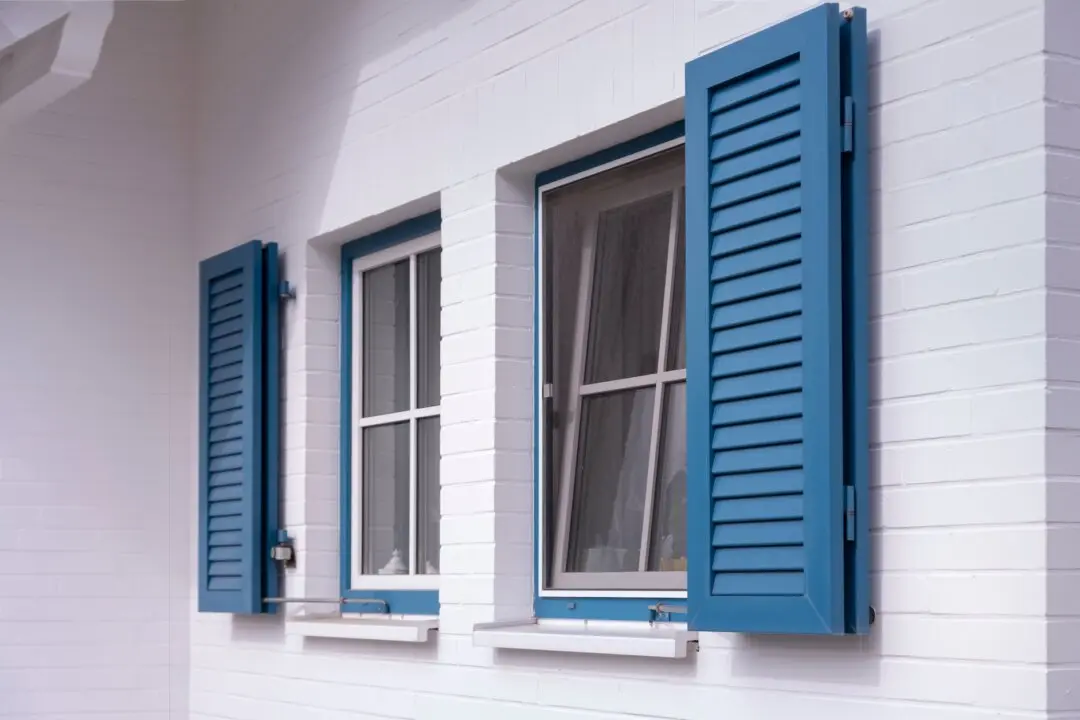Dear James: I would like the appearance of faux painting in my living room, but it looks complicated to apply. Do you have any tips for me to attempt it myself?—Patty D.
Dear Patty: I would recommend trying it in a small room, such as a bathroom, first. If you watch an expert painter do it, it looks easy, but there is quite a learning curve, and a delicate touch is required to do it well. Professional painters charge from $1 to $3 per square foot of painted wall.





